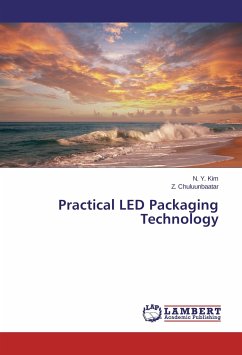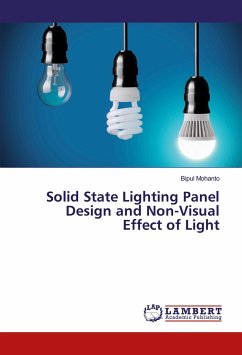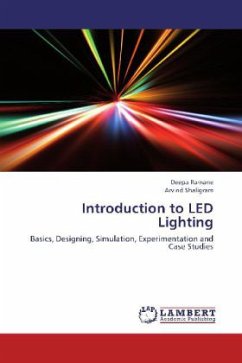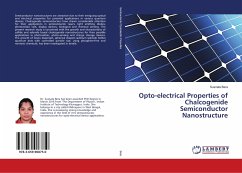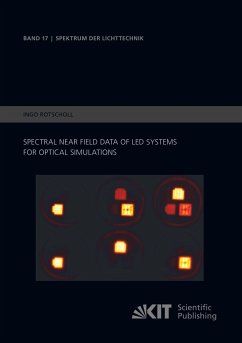This book comprises of 8 chapters. The chapter 1 starts with a history review LED chip based on III-V compounds and it materials as well as effective benefits of LEDs in comparing with those traditional lighting sources and ends up current market and trends. Chapter 2 provides an overview of the power supply for LED module. The chapter explains advantage and disadvantage of the various topology for power sources. Chapter 3 provides simulation method to characterize LED thermal performance. The characteristics of LEDs and its packaging reliability are presented in chapter 4. Chapter 5 gives an overview and basic knowledge of LED thermal characteristic with measurement principles. Chapter 6 and 7 provides fabrication, packaging, and measurement of the nano-pore silicon-based packaged module in high power applications. Final chapter discusses about next generation LEDs in future applications.
